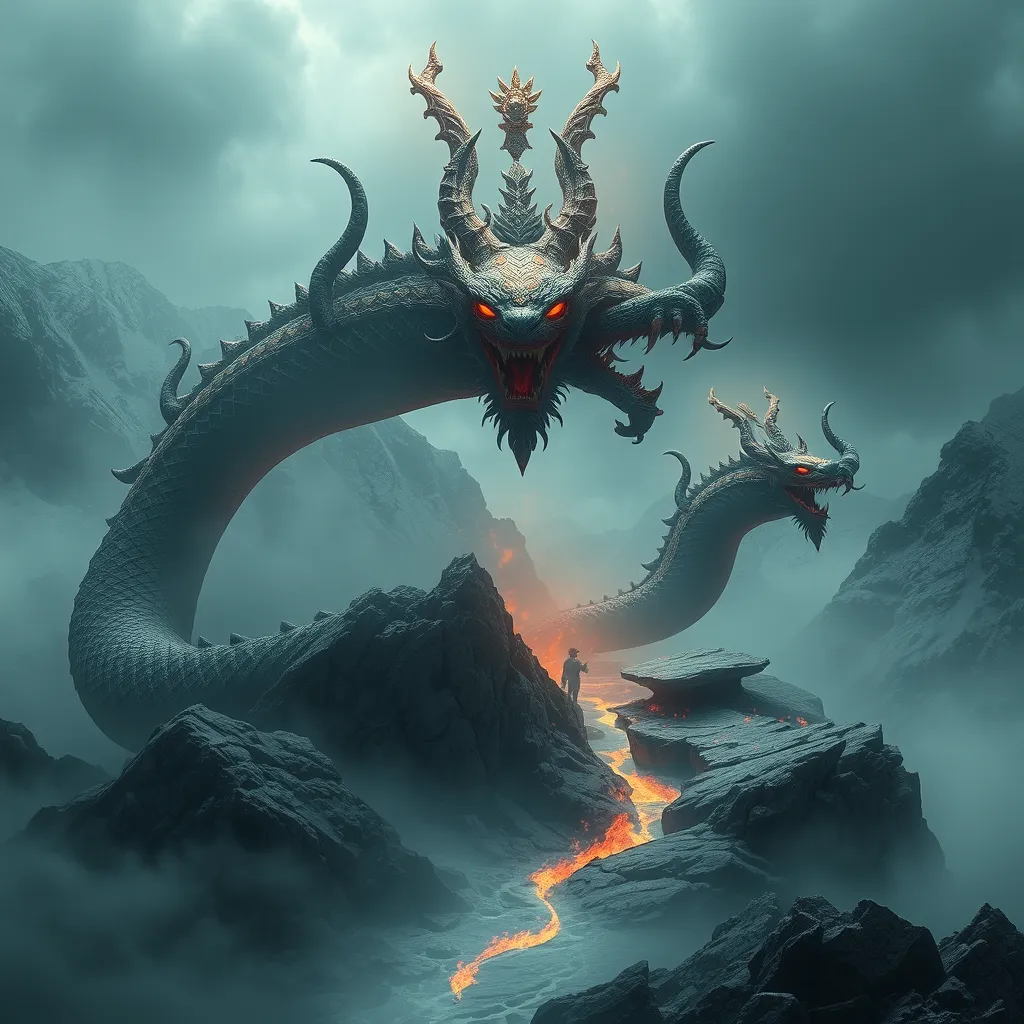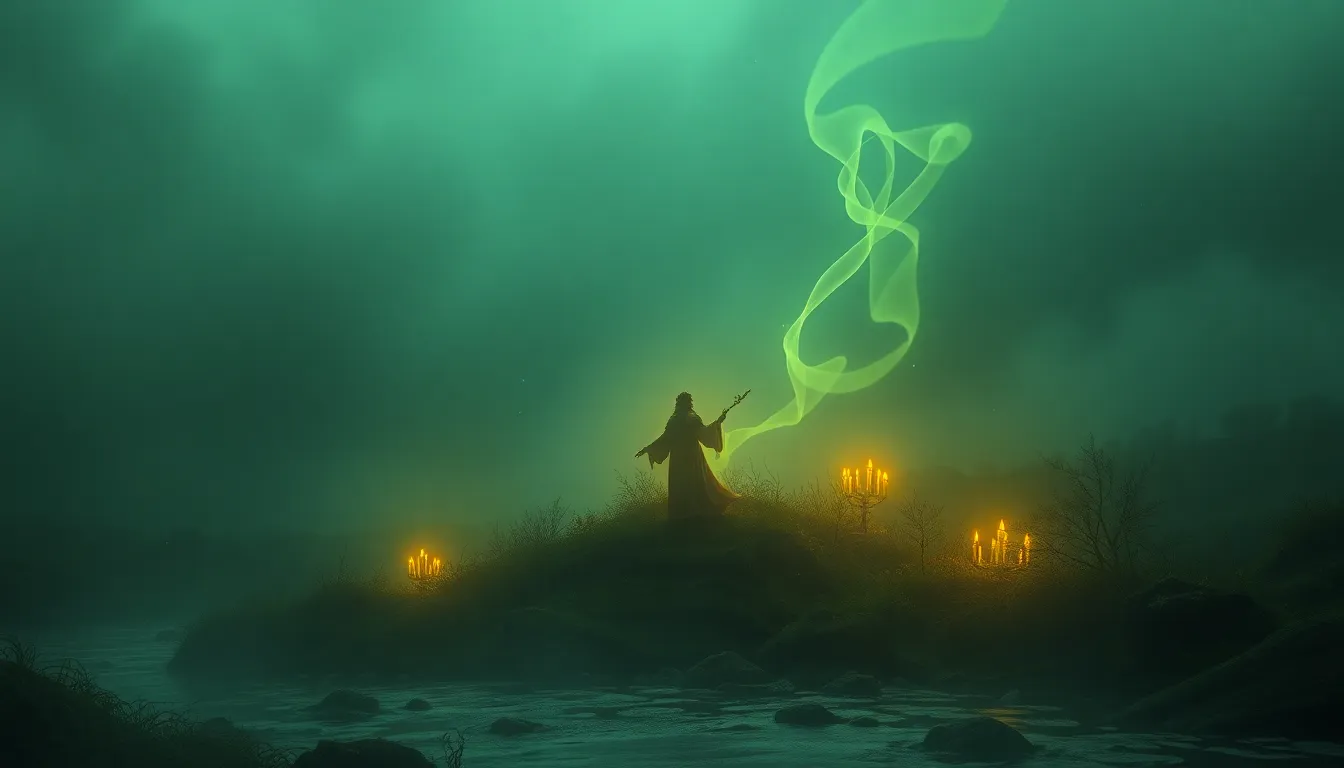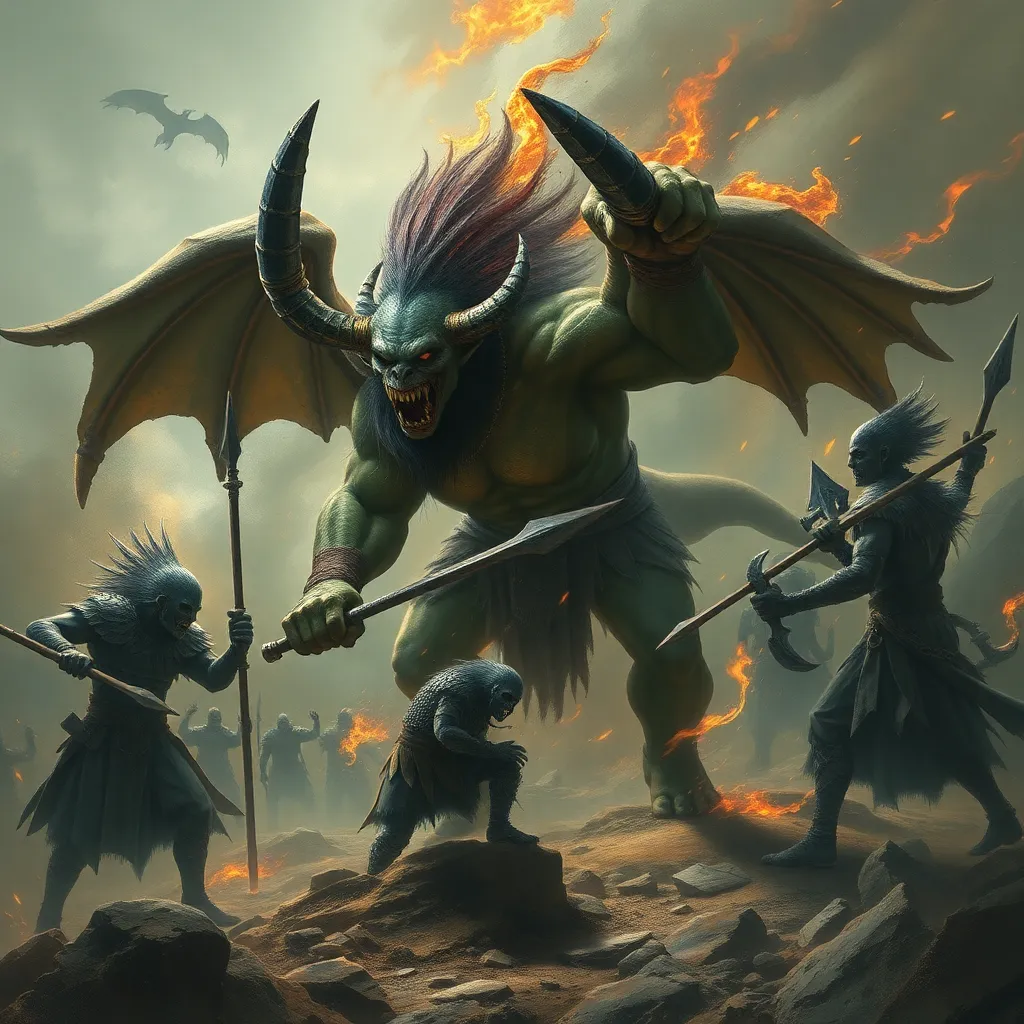Gnomes in Art and Literature: From Fairy Tales to Modern Fantasy
I. Introduction
The concept of gnomes has captivated the imagination of people for centuries, serving as intriguing characters in folklore and literature. Gnomes are often depicted as small, humanoid beings associated with the earth, known for their wisdom and guardianship of treasures hidden underground. Their origins can be traced back to various mythologies, particularly European traditions.
In different cultures, gnomes hold significant meanings, often representing nature, innocence, and the magical aspects of life. This article aims to explore the historical roots of gnomes, their representation in fairy tales and literature, their impact on visual art, and their evolution into modern fantasy characters.
II. Historical Roots of Gnomes
The historical roots of gnomes can be traced back to ancient mythologies where they were frequently depicted as elemental spirits. In alchemical texts, gnomes were considered earth spirits, responsible for the riches found underground.
A. Ancient mythologies and early depictions
The earliest descriptions of gnomes can be found in the works of Paracelsus, a Swiss physician and alchemist, who referred to them as small, earth-dwelling beings. These depictions laid the groundwork for the characteristics we associate with gnomes today, such as their affinity for nature and their role as guardians of the earth.
B. Gnomes in European folklore and their characteristics
In European folklore, particularly in Germanic and Scandinavian traditions, gnomes emerged as household spirits known for their helpfulness. They were often depicted as old men with long beards and pointed hats, embodying wisdom and mischief. Their connection to the earth further cemented their status as protectors of nature and its treasures.
C. The transition from myth to literary figures
As gnome mythology evolved, these creatures transitioned into literary figures. They began to appear in fairy tales and children’s stories, often characterized by their whimsical nature and moral lessons, making them appealing to audiences of all ages.
III. Gnomes in Fairy Tales and Folk Stories
A. Notable fairy tales featuring gnomes
Gnomes have made memorable appearances in numerous fairy tales:
- The Brothers Grimm: The Grimms’ fairy tales often include gnomes, particularly in stories like “The Twelve Huntsmen,” where a gnome aids the protagonists.
- Other cultural stories: Many cultures have their own tales featuring gnome-like creatures, such as the Tomte in Scandinavian folklore, who protects farms and brings good fortune.
B. Symbolism and themes represented by gnomes in these tales
In fairy tales, gnomes symbolize various themes:
- Wisdom: Gnomes are often portrayed as wise beings who possess knowledge about the natural world.
- Nature: They represent a deep connection to the earth and the importance of living harmoniously with nature.
- Protection: Gnomes are typically seen as guardians who protect the innocent and help those in need.
IV. Gnomes in Visual Art
A. Evolution of gnome imagery in painting and sculpture
The artistic representation of gnomes has undergone significant evolution over the centuries. From early woodcuts and illustrations in fairy tale books to modern sculptures, gnomes have been depicted in various styles and forms.
B. Famous artists and their gnome-inspired works
Several artists have drawn inspiration from gnomes:
- Johann Heinrich Füssli: Known for his fantastical paintings, Füssli incorporated gnomes into his works, blending them with mythological themes.
- Antoine-Louis Barye: This sculptor created bronze sculptures of gnomes, capturing their whimsical essence.
C. The impact of garden gnomes on popular culture and art
Garden gnomes have become a staple of popular culture, often seen as whimsical decorations in gardens. Their bright colors and playful designs have made them iconic symbols of leisure and whimsy.
V. Gnomes in Modern Fantasy Literature
A. Prominent modern authors utilizing gnomes
Modern fantasy literature has embraced gnomes as intriguing characters, with authors like:
- Terry Pratchett: In his Discworld series, gnomes are depicted with quirky personalities and play significant roles in the narrative.
- J.R.R. Tolkien: While not traditionally gnomes, Tolkien’s portrayal of dwarves in “The Hobbit” shares traits with gnomes, emphasizing their connection to the earth.
B. Gnomes in fantasy series (e.g., “The Hobbit,” “Discworld”)
In “The Hobbit,” Tolkien introduces characters that reflect gnome-like qualities, emphasizing their craftsmanship and affinity for underground living. In contrast, Pratchett’s gnomes are often humorous, offering a satirical take on traditional fantasy tropes.
C. Analysis of gnome character development and roles
Gnome characters in modern literature often showcase:
- Complexity: Gnomes are depicted with distinct personalities, moving beyond simple caricatures to fully developed characters.
- Agency: They frequently play pivotal roles in the story, influencing events and driving the plot forward.
VI. Gnomes in Popular Media
A. Gnomes in film and television adaptations
Gnomes have made their way into various films and television series, often portrayed as endearing or comical characters. Animated films feature gnomes as central figures, captivating young audiences.
B. Gnomes in video games and their portrayal
In the realm of video games, gnomes are often depicted as clever and resourceful characters. Games like “World of Warcraft” feature gnomes as playable races, emphasizing their technological skills and ingenuity.
C. The crossover of gnomes into contemporary pop culture
Gnomes have crossed into mainstream culture, appearing in merchandise, memes, and social media. Their whimsical nature resonates with audiences, making them popular choices for branding and marketing.
VII. The Cultural Impact of Gnomes
A. Gnomes as symbols of whimsy and nature
Gnomes have become symbols of whimsy, representing a playful interaction with nature. Their association with gardens reflects humanity’s desire to connect with the earth.
B. The role of gnomes in promoting environmental themes
In contemporary narratives, gnomes are often linked to environmental themes, promoting conservation and the protection of natural habitats.
C. Gnomes in contemporary merchandise and branding
Today, gnomes are popular in merchandise, from garden decorations to children’s toys, symbolizing joy and a carefree spirit. Their presence in branding often conveys a sense of fun and playfulness.
VIII. Conclusion
Throughout history, gnomes have evolved from mythical beings to beloved characters in literature and art. Their whimsical nature, deep connections to the earth, and the lessons they represent have ensured their enduring appeal in storytelling.
The future of gnomes in creative works looks bright, with new interpretations and adaptations continually emerging. As our world changes, gnomes will undoubtedly find new roles in the cultural landscape, reminding us of the magic present in both nature and imagination.



